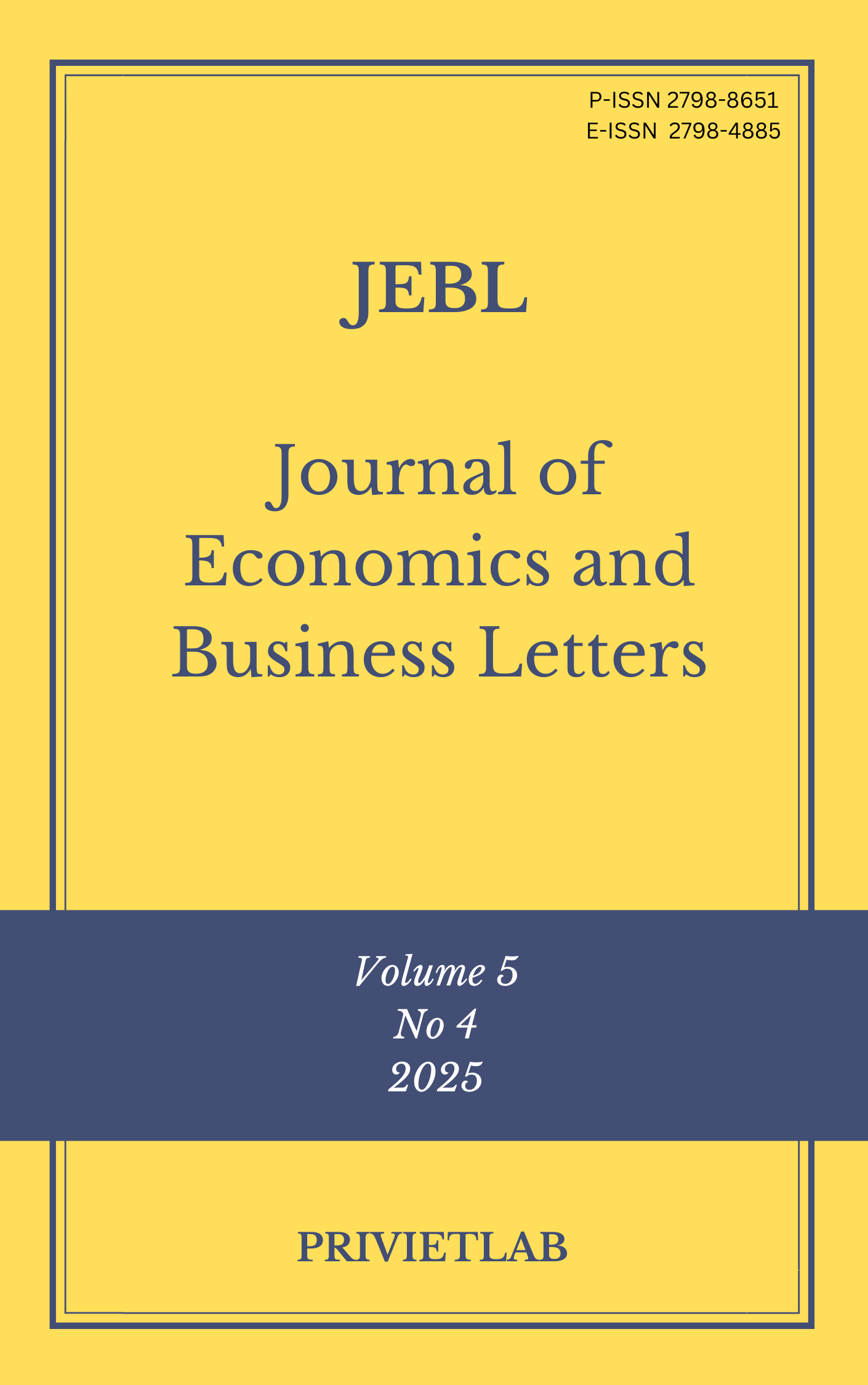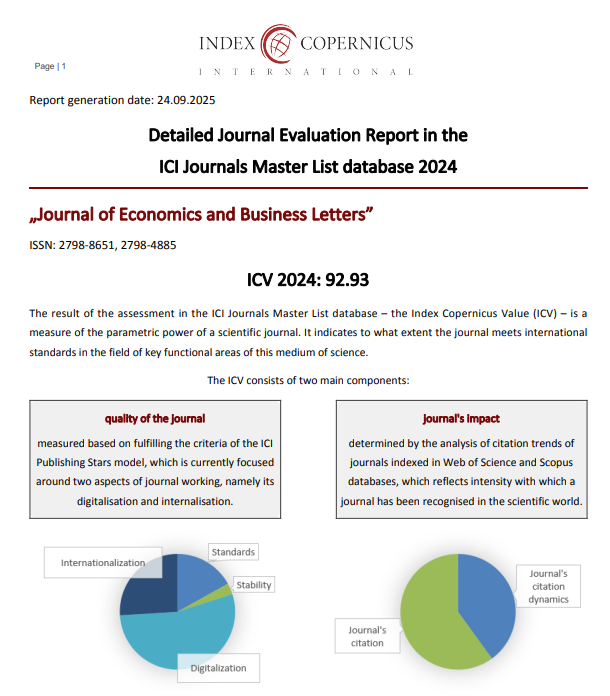The effect of Customer Relationship Management (CRM), service quality, and value creation on customer satisfaction among customers of PT. Pegadaian (Persero) Cisalak Branch - Depok
DOI:
https://doi.org/10.55942/jebl.v5i4.840Keywords:
Customer Relationship Management (CMR), service quality, value creation, customer satisfaction, pawn-based financeAbstract
This study investigates how Customer Relationship Management (CRM), service quality, and value creation shape customer satisfaction in a public pawn-based financial institution. Using a quantitative, cross-sectional survey of 125 customers at PT Pegadaian (Persero) Cisalak Branch (Depok), we operationalize CRM, service quality (SERVQUAL dimensions), value creation (product, price, promotion, place), and satisfaction on five-point Likert scales. Bivariate correlations show all three antecedents are positively and significantly associated with satisfaction (p < 0.01). In multiple regression, the joint model is significant (F = 32.161, p < 0.001) and explains 44.4% of the variance in satisfaction; service quality (β = 0.355, p < 0.001) and value creation (β = 0.327, p < 0.001) retain strong, independent effects, while CRM’s partial effect becomes statistically non-significant when the other predictors are included. Descriptive results highlight consistently favorable perceptions of frontline assistance and pricing/fee structures, with opportunities to improve complaint handling, expectation alignment for appraisal amounts, and reminder practices. The findings imply that satisfaction in this context is won primarily “at the counter” (reliable, responsive, empathetic service) and “at the ledger” (transparent, fair, and flexible economics), with CRM best positioned as an enabling backbone that strengthens execution and tailored communication. Managerially, an integrated program that hardwires service standards, clarifies value propositions, and uses CRM data to personalize outreach is most likely to convert repeat usage intent into durable loyalty.
References
Barnes, James.G, 2001, Rahasia Manajemen Hubungan Pelanggan, Penerbit ANDI, Yogyakarta, Judul Asli : Secrets of Customer Relationship Management.
Buttle, F. (2007). Customer Relationship Management: Concepts and Tools. Malang: Bayumedia Publishing.
Ghozali, I. (2005). Aplikasi Analisis Multivariate dengan Program SPSS. (Reliability thresholds; multicollinearity/diagnostics references; cites Nunnally, 1967.)
Janahi, Mohamed Abdulnaser and Al Mubarak, Muneer Mohamed Saeed. The impact of customer service quality on customer satisfaction in Islamic banking. Journal of Islamic Marketing 13 November 2017; 8 (4): 595–604. https://doi.org/10.1108/JIMA-07-2015-0049
Parasuraman, A., Zeithaml, V. A., & Berry, L. L. (1998). SERVQUAL dimensions (reliability, responsiveness, assurance, empathy, tangibles)
Payne, A., & Frow, P. (2005). A Strategic Framework for Customer Relationship Management. Journal of Marketing, 69(4), 167-176. https://doi.org/10.1509/jmkg.2005.69.4.167
Payne, A., & Holt, S. (2001). Diagnosing customer value: Integrating the value process and relationship marketing. British Journal of Management, 12(2), 159–182. https://doi.org/10.1111/1467-8551.00192
Sumarwan, Ujang, 2011, Riset Pemasaran dan Konsumen, PT.Penerbit IPB Press, Bogor.
Sugiyono, Prof, 2012, Statistika untuk Penelitian, CV.Alfabeta, Bandung.
Vargo, S. L., & Lusch, R. F. (2009). Service-dominant logic as a foundation for service science. Service Science, 1(1), 32–44. https://doi.org/10.1287/serv.1.1.32
Downloads
Published
How to Cite
Issue
Section
License
Copyright (c) 2025 Andhi Dwy Noviono

This work is licensed under a Creative Commons Attribution 4.0 International License.
















